Our culture is witnessing the rise of what could be called totalitarian science — science so totalistic in its outlook that its defenders claim the right to remake every sphere of human life, from public policy and education to ethics and religion.Some predictions you don't want to turn out to be true. Unfortunately, in my view we've gone pretty far down the path toward totalitarian science during the past two years.
PP. 385-386
I understand some readers may find this statement offensive. We have many different views about COVID-19 and the public policies designed to combat it. Our views are affected both by our understanding of the facts and by our own experiences. If someone you loved died from COVID-19, that tragedy will affect your view of the pandemic. If you or someone you love has been injured by a COVID-19 vaccine, that experience will influence you as well. If your small business or job did not survive the pandemic, ditto. Because of the pandemic's deeply personal costs, it can be painful to engage in a candid discussion of the changes COVID-19 policies have wrought on our society.
Yet such a discussion is long overdue. Evolution News and Science Today focuses primarily on the scientific, philosophical, and metaphysical debates over Darwinian evolution and intelligent design. But from the start, the impact of "scientism" on public policy, freedom of speech, and human dignity have been central to our mission as well. For the past two years, we've largely refrained from wading into the debates over COVID-19. In part this was because it was hard to weigh in on debates when the facts were so unclear. But it also was because the issue was so polarizing.
Now, after two years, facts are becoming clearer — and so are the momentous consequences of the pandemic for our culture. Those consequences are so serious that they can't be ignored. That's why from here on you can expect more coverage at Evolution News of the societal challenges raised by scientism during the COVID era. In this article, let me highlight just three.

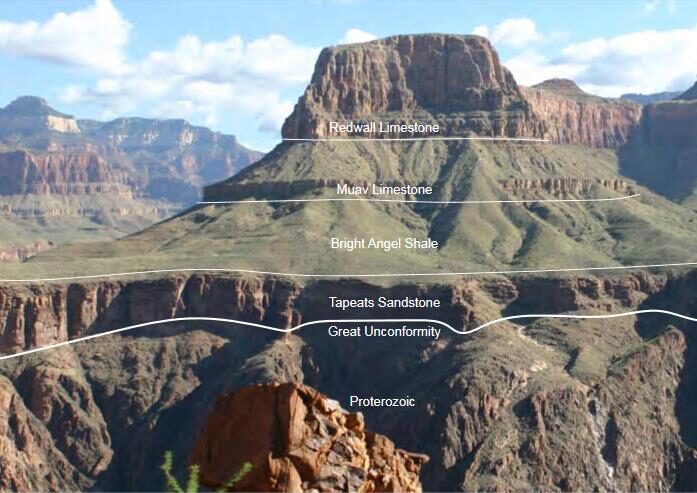

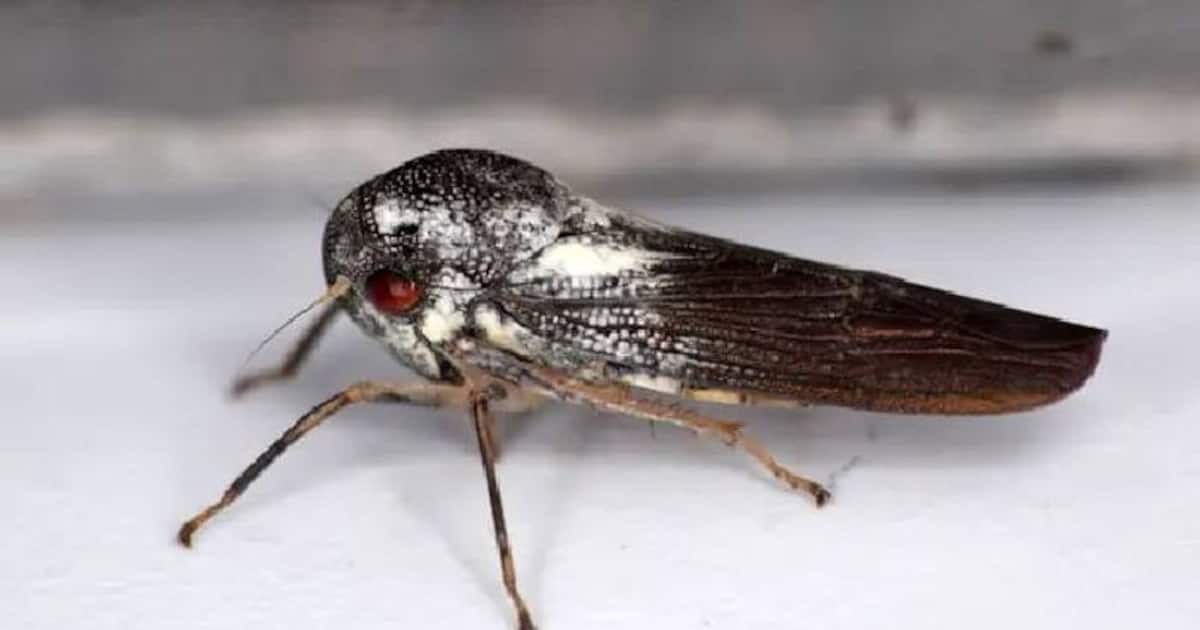
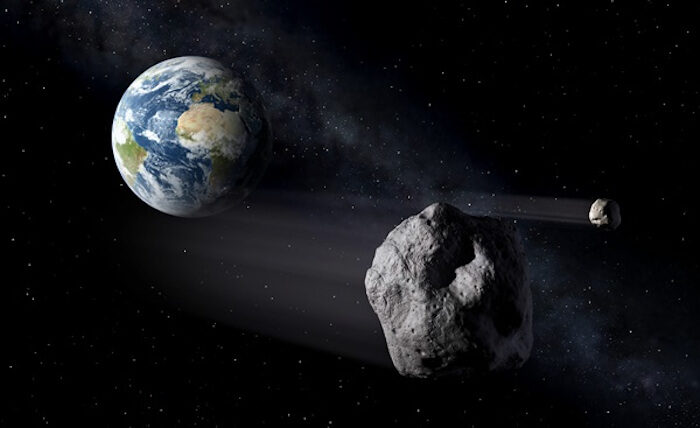
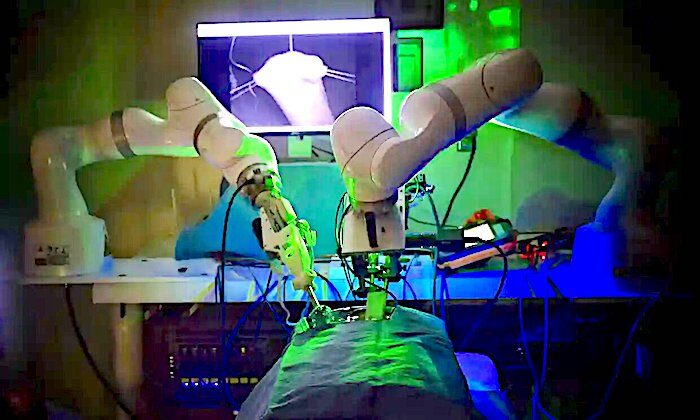

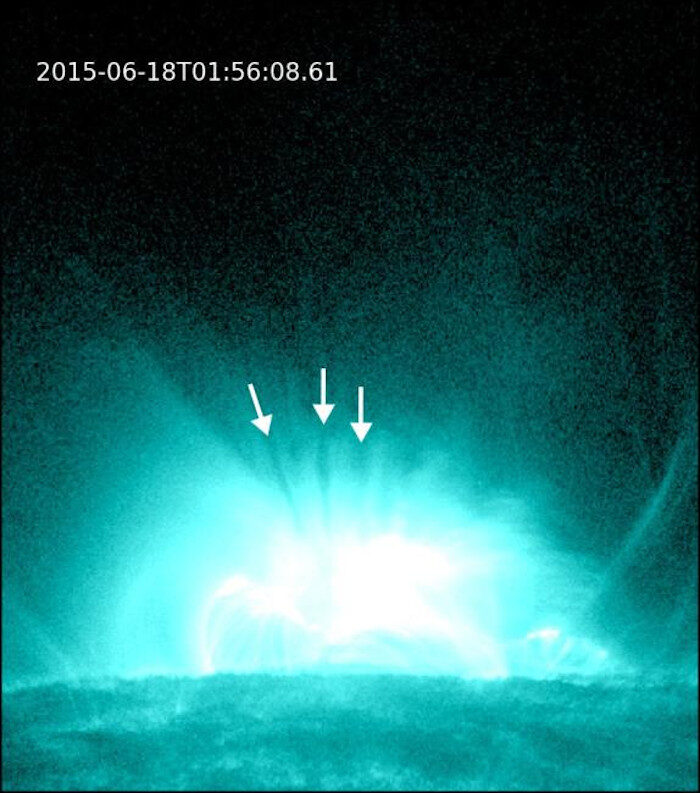

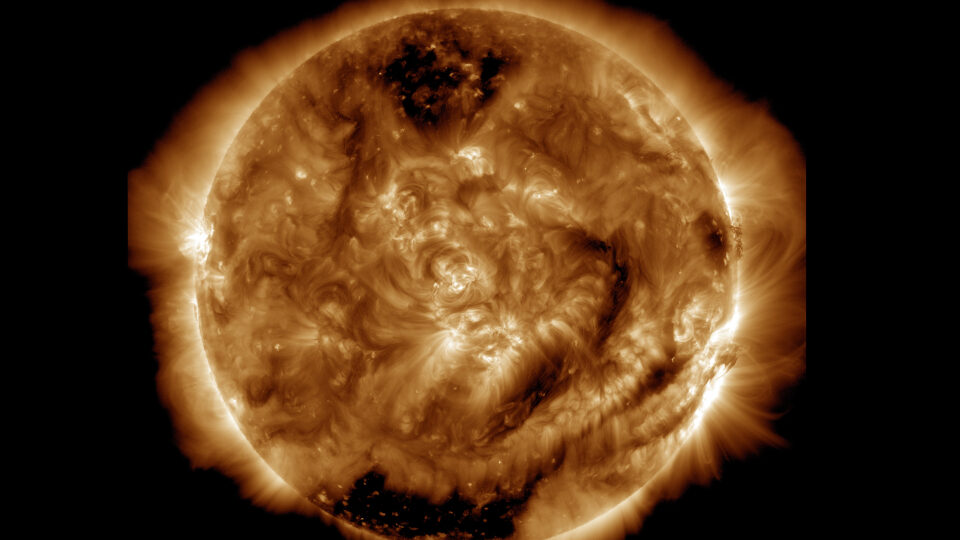



Comment: See also:
- Volcanoes, Earthquakes And The 3,600 Year Comet Cycle
- The Seven Destructive Earth Passes of Comet Venus
- Last mammoths plagued by genetic defects
And check out SOTT radio's: